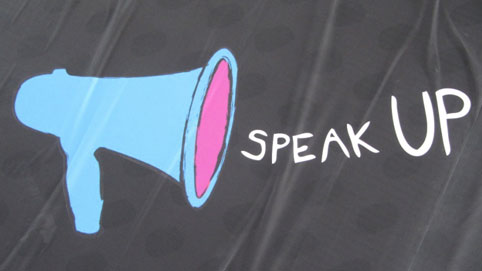Adapted from “The Secrets of Self-Advocacy: How to Make Sure You Take Care of You” by Stephen M. Shore, Autism Advocate, 2006, Vol. 44, No. 4

Self-advocacy involves knowing when and how to approach others to negotiate desired goals, build better mutual understanding and trust, and achieve fulfillment and productivity. Successful self-advocacy often involves an amount of disclosure about oneself to reach the goal of better mutual understanding. In other words, it can be necessary to explain that you have autism and what that means in order to explain why an accommodation is needed or helpful.
Ideally, parents lay the groundwork for self-advocacy when the child is young. An important precondition for successful self-advocacy and disclosure is self-awareness. People with ASD need to understand how autism affects their interactions with others and the environment. Also, they need to be familiar with their strengths and challenges. A parent or caretaker can do this with a child from a very early age. In fact, the earlier a child has an explanation about his differences, the better off he will be.
Parents should let their child know of their strengths in any way they can. In addition to developing greater self-understanding, it means talents can be fostered for future academic and professional pursuits.
Self-Advocacy Organizations
These groups promote equality for people with disabilities, share community news, and provide forums for learning and sharing opinions. Following their activities is a great way to learn about self-advocacy and show your support for the community.
Autistic Self Advocacy Network
Global and Regional Asperger Syndrome Partnership
Self Advocates Becoming Empowered
Teaching Self-Advocacy Skills
Just as social skills and an understanding of nonverbal communication are necessary for those on the autism spectrum, self-advocacy and disclosure requires direct instruction to develop skills.
Areas of instruction can include a variety of topics and skill areas, including:
- Using a child with autism’s IEP as a tool to teach her about self-advocacy and disclosure
- Teaching children or adults about sensory systems and how to ask for environmental accommodations
- Supporting a person on the spectrum in learning how and when to self-disclose
- Introducing a person with ASD to the basics of the Americans with Disabilities Act and other important laws.
- Assisting a child or adult in creating self-advocacy scripts to use a variety of settings and situations.
